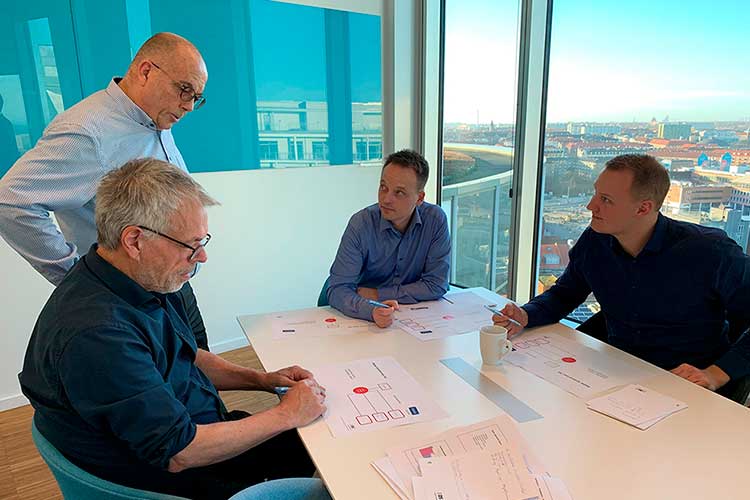
13. February 2020
- Today, all companies’ customers and other stakeholders expect more than ever, that companies are aware of and manage their risks. This place demands on organizations’ ability to manage the risks and opportunities and have resulted in all ISO’s management systems to place demands on risk management, expresses Niels Madelung, Chief Consultant at Danish Standards who provides guidance on and teaches risk management.
All companies face risks to some degree, due to anything extending from new technology, political decisions or increased competition to missing resources or internal competencies in the company. However, on the contrary to many beliefs, risk management not only address how to avoid risks, but more how to manage or reduce the effect of risks.
A risk management system is an important tool for responding to potential uncertainties and to anticipate risks. Anders Haunstrup Mortensen agrees with the importance of managing risks.
- Risk management is important for us because it provide us with the opportunity to react fast and effectively towards adverse events and towards citizens and companies, says Anders Haunstrup Mortensen and elaborates:
- With risk management, we ensure that we are aware of our risks, both in our external and internal processes. It prevents adverse events and gives us the opportunity to minimize the probability of risks arising or that the consequences of an eventual event becoming to extensive. For the employees, this means that they can feel safe by following and complying to our internal processes.
The standard ISO 31000 helps companies step by step, in relation to their strategies and objectives, to make deliberate decision on risk willingness. By doing so, companies ensure that the current uncertainties do not affect the companies’ goals in an adverse direction.
ISO 31000 is relevant for all types of organizations regardless of the sector, industry, standards and practices.
- Risk management already plays a big part in all of the management systems and at our courses we have noticed that it is something that the attendees address more and more. Therefore, we have formed a course specifically for risk management with a focus on the practical application and selection and application of useful models and methods, adds Niels Madelung.
If you wish to know more about how you can work with risk management in your company, you can participate in one of your courses at Danish Standards, where you will be taught how to implement, manage and continuously evaluate your company’s risks.
At the course, you will get an overview of ISO 31000 and its recommendations for establishing a risk management system plus practical knowledge of some of the techniques that can be applied for analyzing and evaluating risks.
Read more and sign up for the course
Please note that courses offered by Danish Standards are currently all in Danish.
